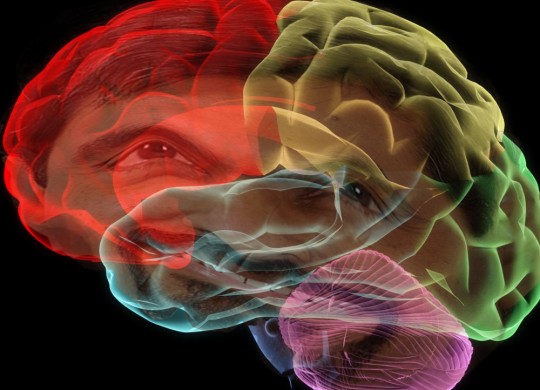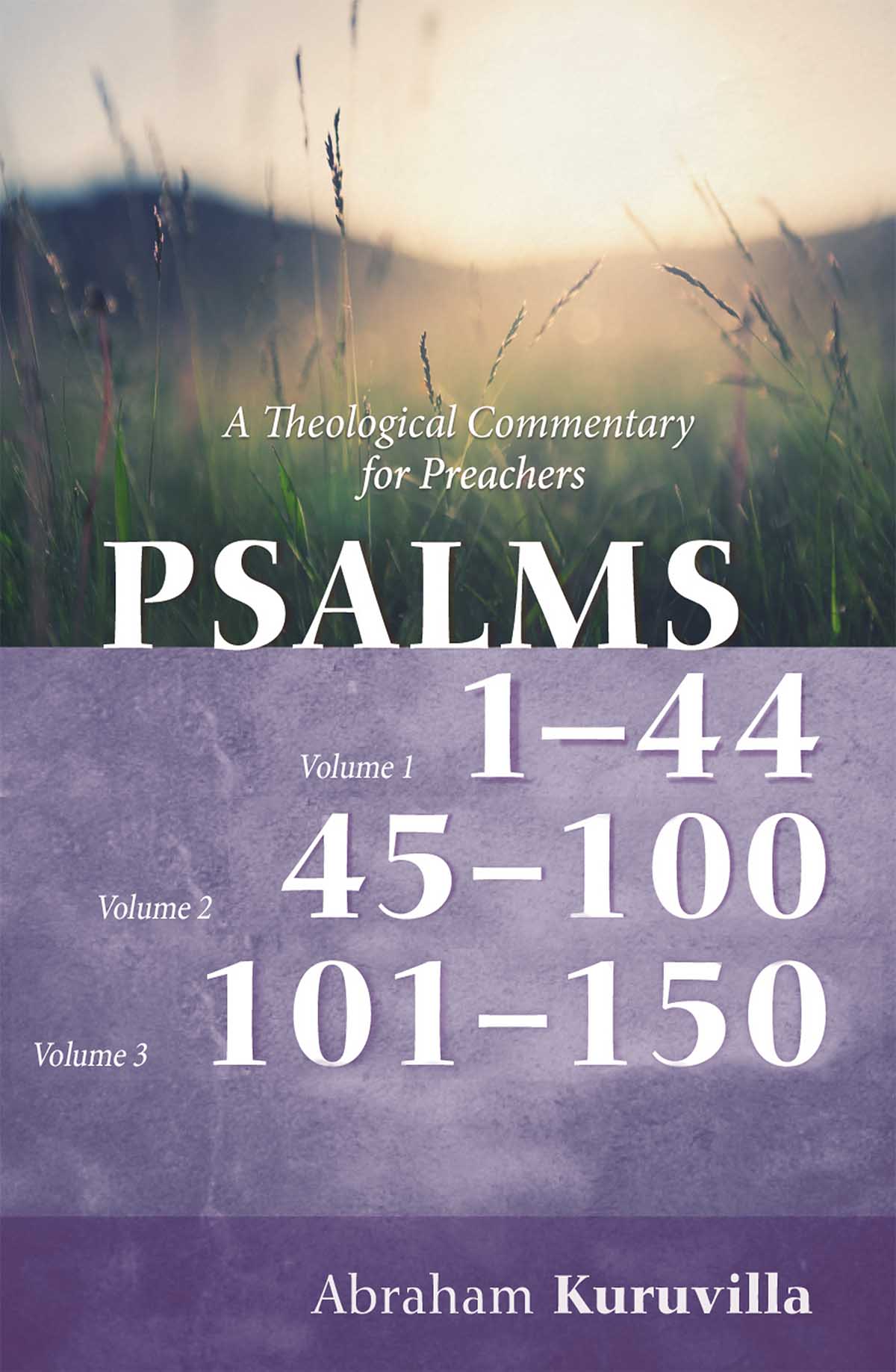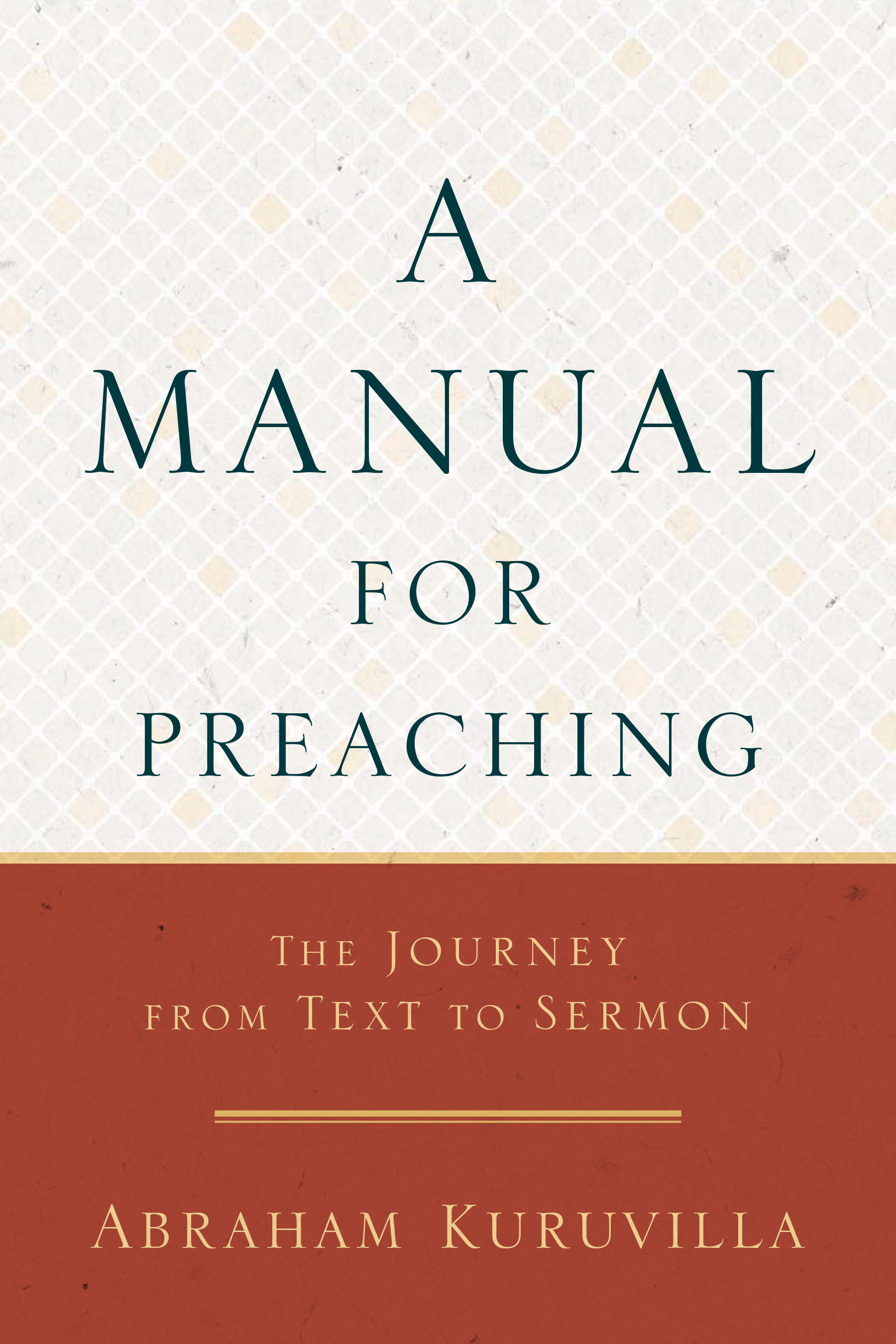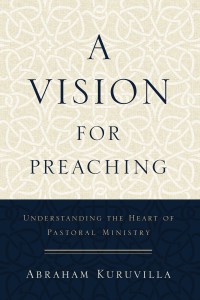Memories!

Richard Pryor, the Emmy and Grammy award-winning comedian and satirist, whom Jerry Seinfeld labeled “the Picasso of our profession,” may have been on to something after all. In one of his routines, he tells the joke of a man, who, when caught by his wife in flagrante delicto betraying her, exclaims: “Who you gonna believe—me or your lyin’ eyes?”
It turns out that memory of “your lyin’ eyes” can be altered and is not as accurate or trustworthy as courtroom testimony might incline us to believe.
It isn’t so much the “lyin’ eyes” that are the problem. It’s the “lyin’ brain” behind those innocent eyes that creates all the trouble. Later experience, it seems, can distort past memories. Or so they think, in a study in the Journal of Neuroscience: “Hippocampal Binding of Novel Information with Dominant Memory Traces Can Support Both Memory Stability and Change,” by cognitive neuroscientists, Donna Bridge and Joel Voss of Northwestern’s Feinberg School of Medicine.
Subjects were shown forty-plus objects that briefly flashed at unique locations on a computer monitor. Some were then asked to recall the position of one of those objects on a new monitor with a different background: they had to move this object from screen center to where they thought they had seen it (“Active Refresh”). Others were asked to move the object from screen center into a randomly placed yellow box on the screen (“Passive Refresh”).
Then both groups, the Active Refreshers and Passive Refreshers, were tested with three choices: the correct location of the object, the wrong guess (Active Refreshers)/the yellow box location (Passive Refreshers), and a location in between. Guess what? The Active Refreshers, by an overwhelming majority, picked their wrong guesses again. Their memories had been altered! Surprisingly enough, the Passive Refreshers got it right at an uncanny rate—their memories were intact!
Apparently, after the active work of reassigning locations, the new (“false”) location became dominant in memory and took over—“associative novelty binding”—unlike in the brains of those who performed the passive work of moving an object.
And, throughout this whole business, brain MRIs showed that the same area of the brain’s hippocampus was highly engaged in maintaining not only the correct memories of the Passive Refreshers but also the wrong memories of the Active Refreshers.
Said Bridge:
That overlapping brain activity was pretty shocking to us. The idea is that whatever is most important to you right now, the hippocampus is responsible to either maintain a stable representation or change it.”
Distorted memories!
Here’s Bridge:
It seems like a basic function of memory is that it is built to change. It’s built to adapt to what is currently important to us.”
What can be trusted if our memories—those “lyin’ eyes”—are so pliable, so deceptive, so illusive?
Dementia of all types afflicts roughly 10% of those over 60. About 5 million Americans currently have Alzheimer’s disease. Not to mention the distortions of memory produced by normal aging. (I use “whatchamacallit” and “whatshisname” a lot, these days!)
I am strengthened by the knowledge that even if I forget (everything and everybody), God doesn’t.
“Can a woman forget her nursing child
And have no compassion on the son of her womb?
Even these may forget, but I will not forget you.
Behold, I have inscribed you on the palms of My hands ….”
Isaiah 49:15–16
Everyone and everything may fail, …
Nevertheless, the firm foundation of God stands, having this seal,
“The Lord knows those who are His.”
2 Timothy 2:19
He knows. He doesn’t forget.
That’s all I need.











 Abe Kuruvilla is the Carl E. Bates Professor of Christian Preaching at The Southern Baptist Theological Seminary (Louisville, KY), and a dermatologist in private practice. His passion is to explore, explain, and exemplify preaching.
Abe Kuruvilla is the Carl E. Bates Professor of Christian Preaching at The Southern Baptist Theological Seminary (Louisville, KY), and a dermatologist in private practice. His passion is to explore, explain, and exemplify preaching.